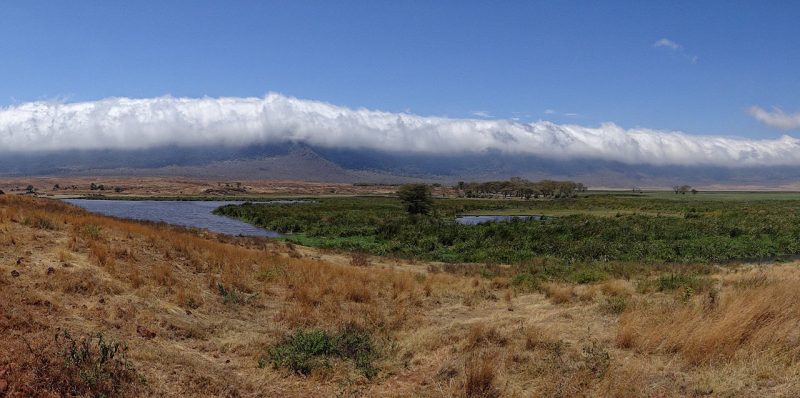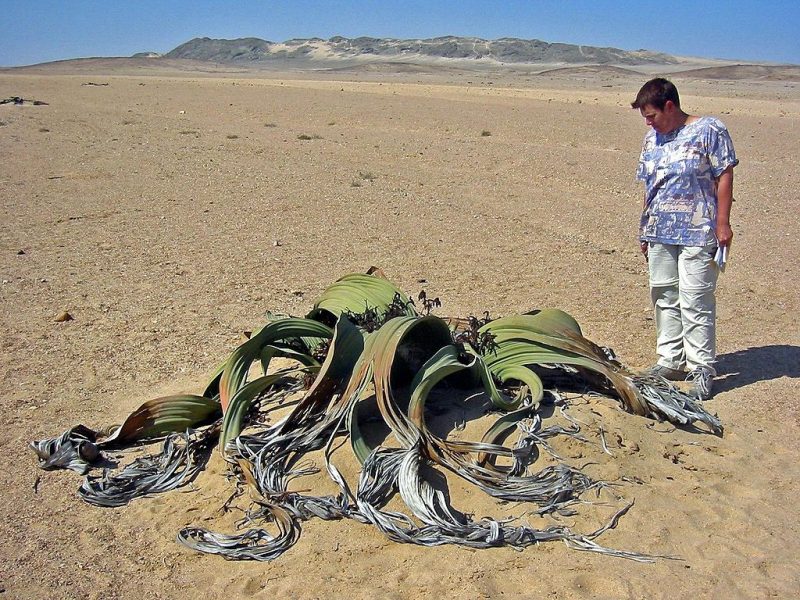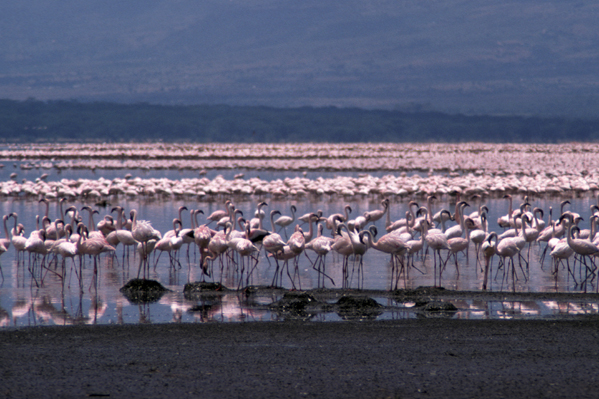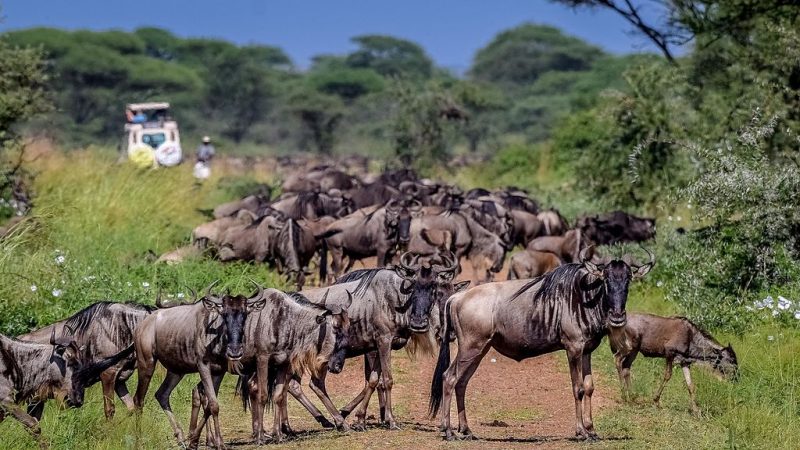Africa’s Earth wonders that you must see
Africa is considered to be planet Earth’s most wonderful continent that contains magical places and untouched nature. These wonders include endless multi-colored sand deserts, a giant crater, and migrations over Serengeti. Traveling to Africa can be quite expensive knowing that you need to buy flights with multiple layovers.
But, if one day you decide to go there and visit this extraordinary continent, here are some of the most special natural wonders that you should see, or at least visit one of them.
Ngorongoro Crater, Tanzania

Right in the middle of the great plains of Serengeti, you can find the world’s largest intact caldera spreading for an incredible 12 miles. The region was formed about 2.5 million years ago when an epic volcano eruption caused the earth to collapse and formed this magnificent crater with intact walls. Ngorongoro Crater is a deep bowl that contains 100 square miles of natural beauties including grasslands, swamps, and forests.
The modern Garden of Eden, the way some people call the area, is abundant in wildlife that attracts safari tourists from all over the world. The species that can be seen here are buffalo, elephants, lions, leopards, and rhinos.
The Namib Desert, Namibia

On the southwestern end of Africa, there’s an area known as the “place of no people”. This is where the Namib Desert creates an unforgiving environment where the chances of survival are next to impossible. The Namib Desert has a harsh environment with only half an inch of rain per year and temperatures that vary from 140 degrees by day to 23 degrees at night. But, as we know that nature is incredible and life forms can be anywhere, there are few plants and animals that manage to survive these terrifying conditions. The dense fog that moves from the coast plays the biggest role in the survival of the Namib snakes and lizards.
Lake Bogoria, Kenya

A little south of the Equator in Kenya there’s a saline, alkaline lake that lies in a volcanic region. Lake Bogoria is a hotbed of geothermal activities. It’s 20-miles long, and it’s rimmed with more than 200 alkaline hot springs and steaming geysers. What makes this African wonder even more unique is the active bird life on the lake, especially the 1.5 million flamingo flock that can be seen having a feast on the lake’s surface. Bogoria Lake has not always been saline. The sediments from the lake bottom reveal that there was freshwater in Lake Bogoria for a few times in the last 10,000 years.
Serengeti Migration, Tanzania

Serengeti migration is the largest migration of mammals in the entire world. The African plains get flooded by 2 million wildebeest while gazelle and zebra trek across the Serengeti in search of food. All these animals have a very difficult time making the 1,800-mile trip that takes a gigantic loop around the plains. During this journey, they face predators, drown, face geological encounters, and stop having babies because they can barely protect their lives. Lots of them lose their lives while crossing rivers full of crocodiles and hungry hippos.
Africa is an amazing place to visit, though it’s not as easy to travel as on the other continents. If you ever have a chance to visit any of these countries, do it without a doubt. There are animals, places, and geological spots that you can only find here and nowhere else in the world. If you have kids, can you imagine how exciting it would be to take them to Africa to see real lions roaming in their natural habitat with no bars around? Sounds exciting, isn’t it? Enjoy your Africa trip and good luck!
If you have any comments then please drop us a message on our Outdoor Revival Facebook page
If you have a good story to tell or blog let us know about it on our FB page, we’re also happy for article or review submissions, we’d love to hear from you.
We live in a beautiful world, get out there and enjoy it. Outdoor Revival – Reconnecting us all with the Outdoors.





